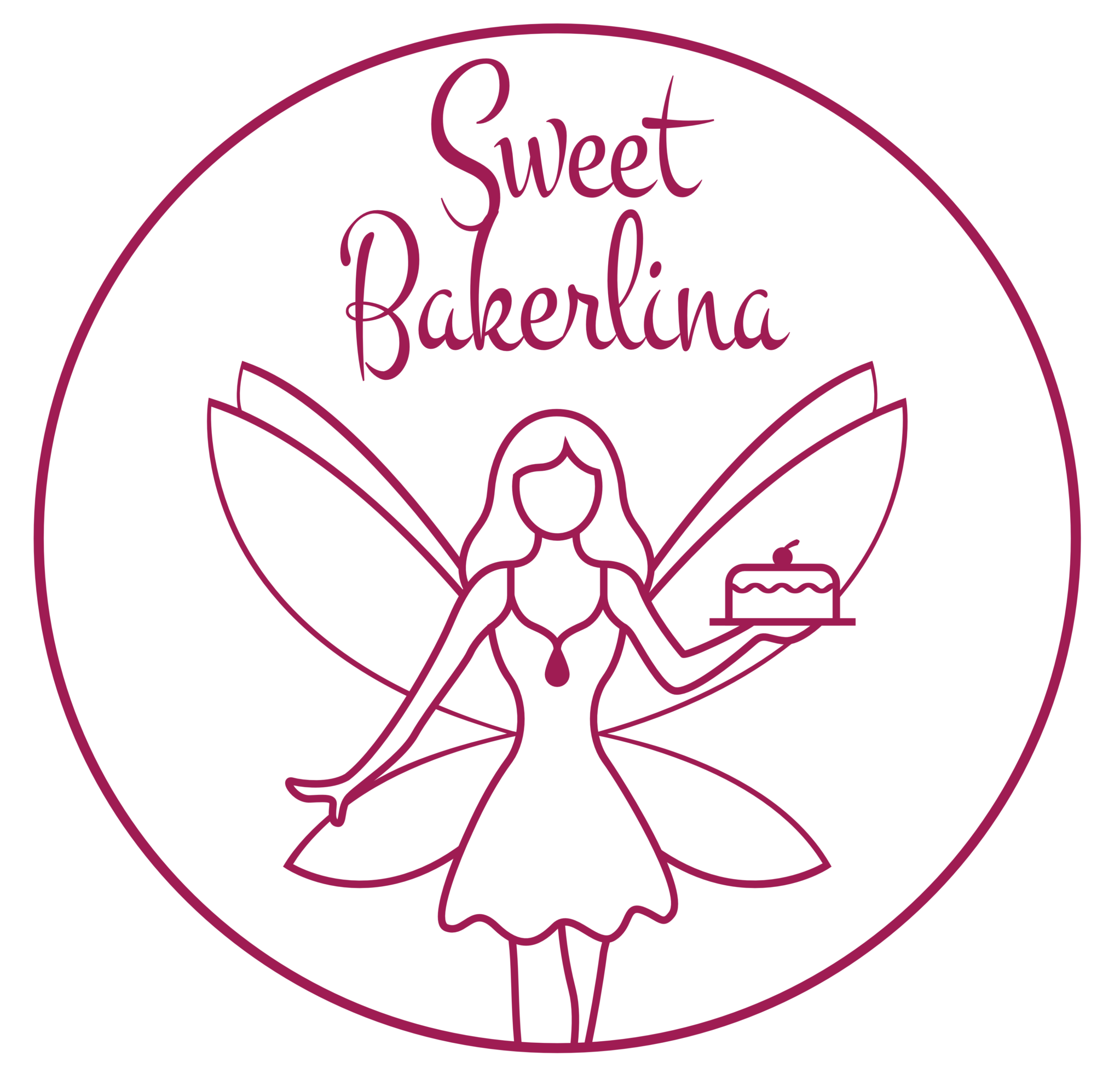March is National Flour Month and holds an important spot in the baking world. Flour is a versatile, ancient ingredient that has many uses in a bakers’ sweet world but has its uses in savory foods as well.
Before I get into the variety of flours that a home baker can use let’s get to know flour better. All whole wheat grain consists of three parts: bran, endosperm, and germ. In the milling process, flour can contain all three parts or can be separated which creates the different protein content of that particular flour. That’s why flours have different percentages that are important in determining what type of texture you want for your baked goods. Also, during the milling process removing the endosperm and germ removes the vitamins and minerals, which is why some flours are enriched to add the nutrition back.
The good news is that we live in a time of modern technology! We now have access to a variety of flours not only from grains, but from nuts, rice, corn, fruits, vegetables, and more. With a high rise of allergies from gluten to nuts, knowing these alternatives is important for those specialty diets.
Just keep in mind that you cannot swap flours as a one for one ratio. Brands will typically give you some suggestions, but it’s always good to research first and then test it out.
TYPES OF FLOURS
This is not an extensive list but is listed based on the flours you will most likely use in your home kitchen and/or as a cottage baker.
Cake Flour: A white flour typically bleached that doesn’t have much gluten made from soft wheat. Used for delicate baked goods like genoise (sponge) cakes.
Pastry Flour: A weak flour with low gluten that you can use for pies, cookies, biscuits, and high-ratio cakes.
All-Purpose: It is said that professional bakers don’t utilize this flour often, but I certainly know this is a must-have in a home bakers pantry. I find myself using this just as much as cake flour. This flour was made to be a versatile ingredient to a household pantry that’s used for both sweet and savory foods. Who can live without pancakes or fried chicken?
Bread Flour (whole wheat flour): High gluten flour that is used to make yeast baked goods mainly bread and bagels. It can also be used in combination with other flours to soften texture for certain baked goods. Sometimes, mixed with cake and pastry flour to create sweet yeast doughs. I won’t get into details because bread making is a whole category of its own.
Self-rising flour: white flour that has baking powder and sometimes salt added to it. I don’t use this flour at all because each recipe needs different amounts, but if that’s all you have in your pantry. I would recommend using the recipes from the brand itself and on the package.
STORAGE TIPS:
•It is recommended to store flour no longer than six months. Whole wheat should be stored for one to three months. Why? It includes the germ (oil from fat) which can become rancid quickly when oxidized
•Write an estimated date it will expire on a piece of tape and place on the container
•Always store in a covered and cool, dry area
•Always practice FIFO (First in First Out)
•Never store old and new ingredients together
•Cottage bakers tip: Keeping the ingredient packaging for a time just in case of a recall was something that took up space in my cabinet. Instead, I now take photos of the ingredients, dates, and barcodes.
With all the extra time being at home during this time, my mom attempted to bake homemade bread.
The texture, color, and taste was exactly like sliced bread you’ll find at the market. Here’s the link of the bread recipe we tried that came out perfect and no bread maker was necessary!
REFERENCES:
Link: https://thestayathomechef.com/homemade-bread/
*How Baking Works by Paula Figoni
*Professional Baking by Wayne Gisslen
Follow Me

